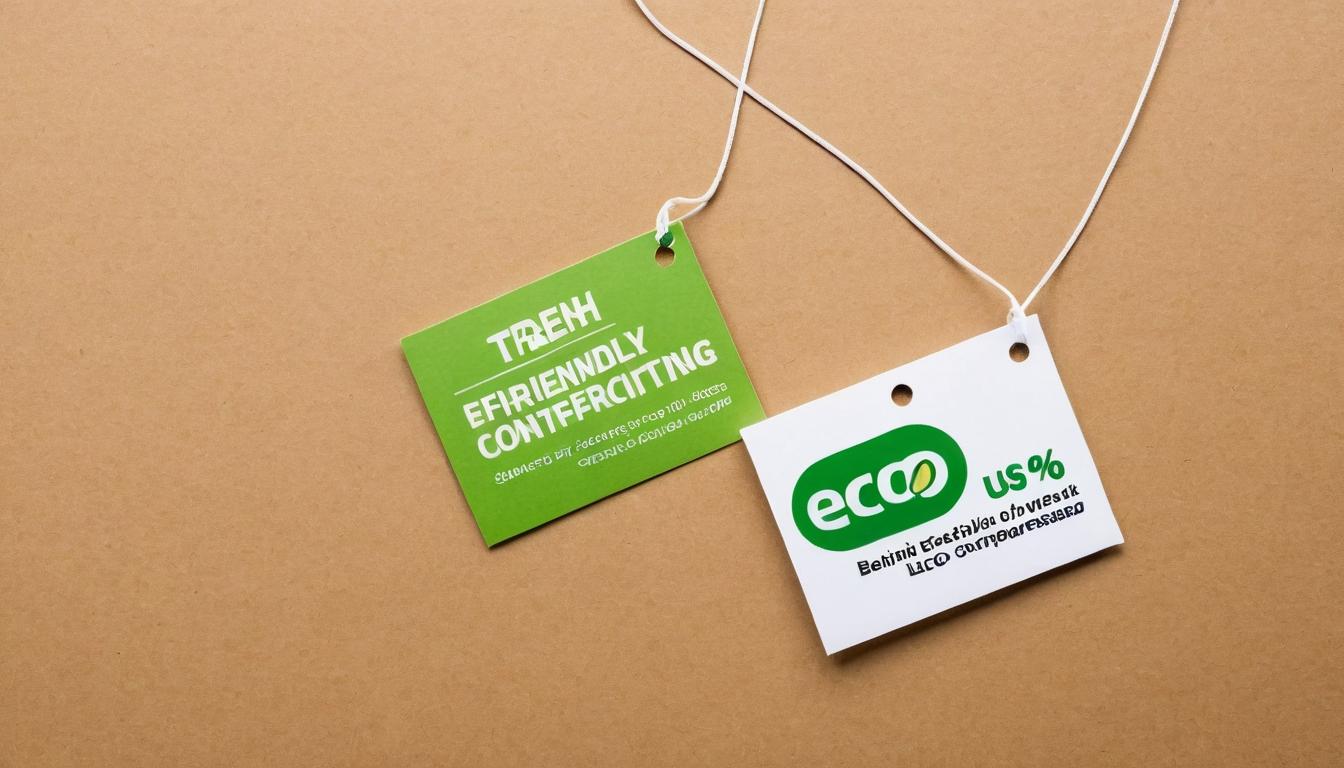When you slip on that organic cotton t-shirt or that recycled polyester dress, what story are you actually wearing? The fashion industry has become increasingly vocal about its sustainability efforts, with brands proudly displaying their eco-friendly credentials. But beneath the surface of these marketing campaigns lies a complex web of production that often remains hidden from consumers. The truth about sustainable fashion isn't just about materials—it's about the people who make them, the systems that produce them, and the real environmental cost that doesn't always make it to the label.
Walk into any major retailer today, and you'll be greeted by sections dedicated to 'conscious' or 'responsible' fashion. Hemp, organic cotton, recycled polyester—these materials have become the new buzzwords of an industry desperately trying to clean up its image. But here's what they're not telling you: the certification process for these materials is often murky at best. A fabric might be labeled 'sustainable' because it uses 20% recycled content, while the remaining 80% comes from conventional, environmentally damaging sources. The loopholes in sustainability certifications would make a corporate lawyer blush.
The human cost of this so-called sustainable revolution is perhaps the most carefully guarded secret. While brands proudly advertise their use of organic cotton from India or Africa, they're less forthcoming about the working conditions in these farms. I've spoken with farmers who transitioned to organic cultivation only to find themselves trapped in contracts that barely cover their costs. The premium prices consumers pay for sustainable items rarely trickle down to the actual producers. Instead, they get absorbed by middlemen, certification bodies, and marketing budgets.
Then there's the recycling myth. The fashion industry has embraced circularity as its new salvation, promising that your old clothes can be transformed into new garments. The reality is far less glamorous. Only about 1% of clothing is actually recycled into new clothing. The technology to separate blended fabrics remains primitive, and the quality of recycled fibers often can't match virgin materials. What happens to the other 99%? It gets downcycled into lower-value products like insulation or rags, or worse, shipped to developing countries where it clogs landfills and destroys local textile industries.
Labor rights in sustainable fashion production present another uncomfortable truth. I've visited factories in Southeast Asia that produce for major sustainable brands, where workers still face excessive overtime, poor working conditions, and wages that don't provide a living wage. The difference? These factories have better PR teams and know how to pass audits. The workers I spoke with described learning exactly what to say when auditors visited, with managers coaching them on the 'correct' answers about working hours and conditions.
The carbon footprint calculations used by sustainable brands often contain creative accounting worthy of Wall Street. A brand might claim carbon neutrality by purchasing offsets from questionable projects in developing countries, while their actual manufacturing emissions remain high. The transportation of materials across multiple countries for different processing stages is rarely factored into these calculations. I've traced the journey of a single 'sustainable' garment that traveled through six countries before reaching the store rack, accumulating thousands of air and sea miles along the way.
Greenwashing has become so sophisticated that even experienced consumers struggle to distinguish genuine sustainability from marketing spin. Terms like 'eco-friendly,' 'conscious,' and 'responsible' have no legal definitions, allowing brands to use them freely. I've seen fast fashion companies launch 'sustainable' collections while continuing their core business model of overproduction and rapid trend turnover. It's like a cigarette company launching a 'healthy' brand while still selling regular cigarettes—the contradiction is staggering.
The solution isn't boycotting sustainable fashion altogether, but approaching it with healthy skepticism. Look beyond the labels and ask harder questions: Where exactly are the materials sourced? What percentage is actually sustainable? How are workers treated throughout the supply chain? Support brands that are transparent about their entire production process, not just the final product. Remember that the most sustainable garment is often the one already in your closet.
As consumers, we have more power than we realize. By demanding genuine transparency and supporting truly ethical brands, we can push the industry toward meaningful change. But first, we need to see through the green facade and understand that sustainable fashion, in its current form, is often more about perception than reality. The revolution we need isn't in the materials themselves, but in the systems that produce them—and that's a story worth telling.
The invisible labor behind sustainable fashion

